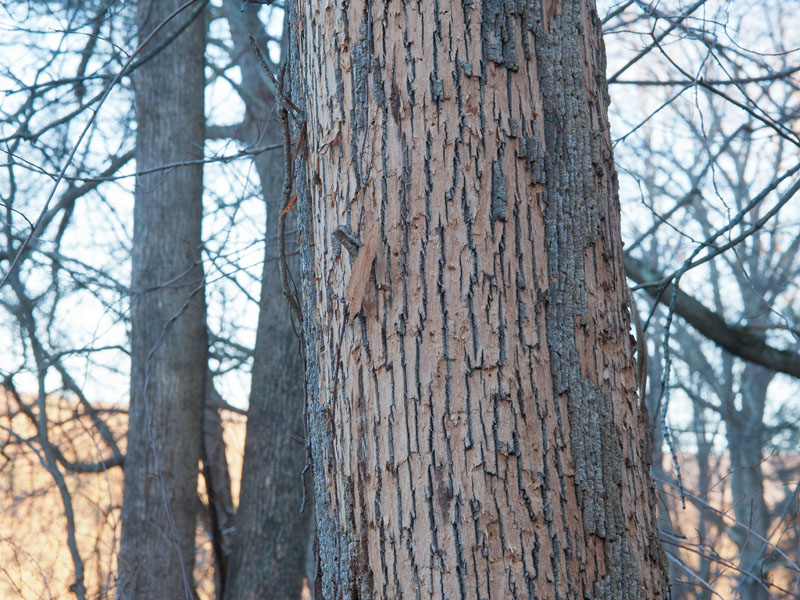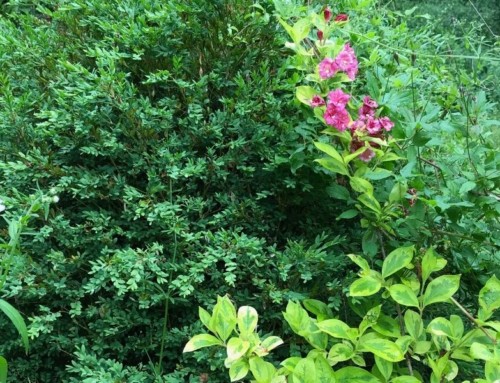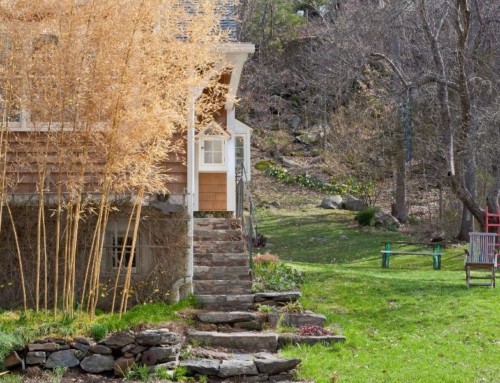Driving here and there over the past few winters, I’ve noticed a lot of trees with trunks that look splashed with patches of sunlight. Only thing is, these sunshiny splotches are most noticeable in rainy weather, when bark is wet and the sun ain’t shining.
Now I have a close-up view of what’s called “blonding” on the ash tree next door. This tall tree has been losing vigor – and branches – for years.
I’ve looked for D-shaped exit holes made by emerald ash borer adults, but I guess I missed them.
Emerald ash borers (EAB) are bright metallic green wood boring beetles. They play a role in decomposition of dead and dying trees in their Asian home habitats, but quickly devastate even healthy ash trees in ours.
EAB larvae feed on nutrient and water-filled tissues under the bark of ash trees, killing the tree. Blonding happens when bark flakes off as woodpeckers, in search of nutrient and water-filled larvae, peck away.
An article I came across – Kiss Your Ash Goodbye – pretty much sums up why the tree looming over my driveway is a goner.
I once wondered why you don’t see those purple “Barney the Dinosaur” cloth traps hanging from trees anymore. They were there to monitor emerald ash borer incursion. No need for them now, the invaders are here.
At least ash makes good firewood – but keep it close to home, Federal and State quarantines prohibit transport of firewood to uninfested areas.
The US Forest Service published a study on the long-term impacts of emerald ash borers and loss of ash trees on forest ecosystems.





